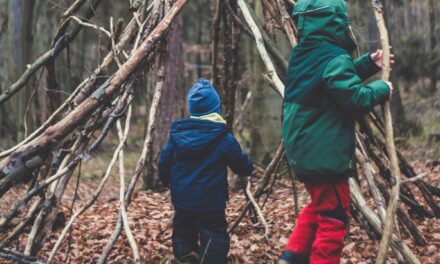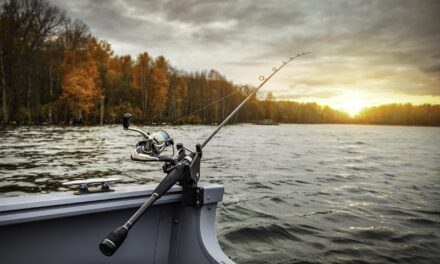Finding and collecting water in the wild is a critical survival skill that can make the difference between life and death in outdoor survival situations. Whether you are stranded in a remote area or simply practicing your survival skills during an outdoor adventure, knowing how to safely locate and collect water is essential. This guide will explore various water collection techniques that can be employed in the wild, ensuring you always have access to this vital resource.
Water collection in the wild requires knowledge of natural sources, as well as methods for capturing and purifying water to make it safe for drinking. We will cover everything from basic techniques like collecting rainwater to more advanced methods such as extracting water from plants and the ground.
This article will provide you with practical tips and step-by-step instructions on how to efficiently collect water in different environments, understand the signs of water presence, and ensure that the water you consume is free from contaminants. By the end of this guide, you will be equipped with the necessary skills to hydrate yourself in almost any wilderness scenario.
Continuing with the in-depth explanations about water collection techniques in the wild:
Diverse Techniques for Collecting Water in the Wild
Finding Natural Water Sources
The first step in collecting water in the wild is to identify natural water sources. Streams, rivers, and lakes are the most obvious sources, but don’t overlook dew, rain, and underground sources like springs. Always prioritize flowing water over stagnant water, as it is less likely to contain pathogens and pollutants.
Rainwater Collection
Rainwater is one of the purest and easiest sources of water in the wild. You can collect rainwater by setting up a tarp or plastic sheet in a funnel shape to catch and direct the water into a container. Ensure the collection surface is clean to avoid contaminating the water.
Dew Collection
Dew can provide a significant amount of water, especially in humid environments. Tie absorbent cloths or tufts of fine grass around your ankles and walk through dew-covered grass at dawn. Wring the water into a container. Alternatively, you can set out absorbent materials overnight to collect dew, which can then be wrung out in the morning.
Water From Plants
Many plants can provide water. One effective method is the “transpiration technique,” where you tie a plastic bag around a leafy branch of a tree. The moisture exuded by the leaves collects at the bottom of the bag. It’s a slow process, but it can be a lifesaver in the absence of other water sources. Edible fruits and cacti can also be sources of hydration.
Digging for Water
In dry riverbeds or other areas where water is not visible on the surface, you may find water by digging a hole. Choose a spot where the ground feels moist or where vegetation is greener. Dig until you reach damp soil, and allow time for water to seep into the hole, which can then be collected.
Purification and Safety
Regardless of the collection method, always purify water from natural sources before drinking. Boiling is the most effective method, but if you cannot start a fire, use purification tablets or filters. Be cautious of water from areas with human or animal activity, as it is more likely to be contaminated.
Tools and Equipment for Water Collection
While many of these techniques can be performed with minimal equipment, certain tools can enhance your water collection efforts:
- Containers: Carry collapsible containers or sturdy bottles for storing collected water.
- Tarps or Plastic Sheeting: Useful for creating rainwater collection systems or solar stills.
- Absorbent Materials: Cloths or sponges for collecting dew or wiping moisture from plant leaves.
- Water Purification Tools: Portable filters, purification tablets, or a small pot for boiling water.
By understanding these various techniques and being prepared with the right tools, you can significantly improve your ability to collect and consume water safely in the wild.
Conclusion: Mastering Water Collection in the Wild
Mastering the techniques for collecting water in the wild is an essential component of survival training. Whether you’re an outdoor enthusiast, a survivalist, or simply someone who loves to explore nature, understanding how to secure a safe water supply is crucial. From rainwater harvesting to extracting moisture from plants, each method has its place in your survival toolkit.
Key Takeaways for Efficient Water Collection:
- Variety of Sources: Always be aware of multiple water collection techniques to adapt to different environments and situations.
- Purification: No matter the source, always purify the water you collect to avoid waterborne diseases.
- Preparation: Equip yourself with the necessary tools and knowledge to collect and store water effectively.
- Practice: Regular practice of these techniques is essential. The more you practice, the more skilled you will become at identifying and utilizing water sources efficiently.
- Conservation: Always use water sparingly, especially in survival situations, to ensure your supply lasts as long as possible.
By applying these techniques, you can ensure that you stay hydrated and safe, even in the most challenging conditions. Remember, water is life, and knowing how to source it effectively in the wild can make all the difference in a survival scenario.








